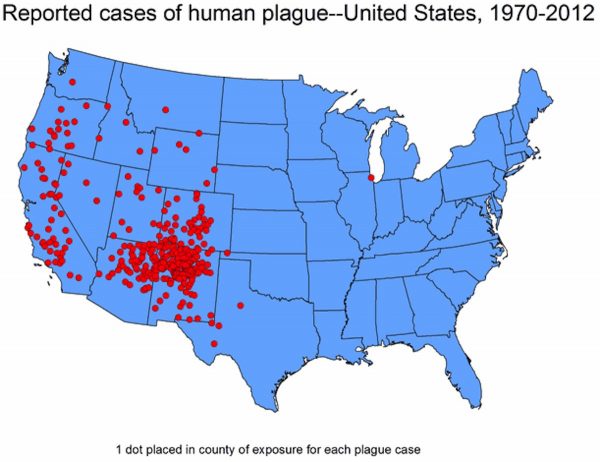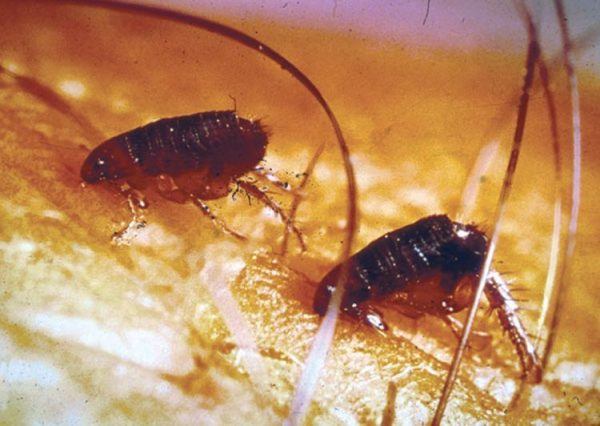The Idaho Central District Health Department has confirmed that a child in Elmore County has been infected with the plague. This makes the child the first human to be diagnosed with the deadly disease in Idaho since 1992.
While the plague hasn’t infected a human in Idaho for over two decades, authorities believe that squirrels from the area where the boy lives have contracted the disease. They believe he was exposed to the disease in either Idaho or on a recent trip to Oregon, where eight people have been infected since 1990.
The boy became ill with the bubonic plague, but was treated in the hospital with antibiotics and is reportedly recovering at home. While many people believe the plague has been eradicated, that isn’t the case. A few cases of the plague have been identified over the years.

Bubonic plague killed around 50 million people back in the 1400’s, and between 2010 and 2015 only 584 deaths were caused by the plague according to the World Health Organization. The disease affects lymph nodes and causes gangrene.
In 2017, officials in Arizona’s Navajo County and Coconino County confirmed that fleas in the area had tested positive for the plague and issued a public warning so people could take precautions to protect themselves.
The Centers for Disease Control and Prevention (CDC) says that studies show that outbreaks tend to occur during cool summers that follow wet winters. Most cases have occured in Northern Mexico, northern Arizona, southern Colorado, California, Oregon, and far western Nevada.

The plague was first brought to the U.S. by rat-infested steamships in the 1900’s. It affects people of all ages, but 50 percent of the cases occur in people ages 12 to 45 years old. The bacteria spreads fast and must be treated right away.
Symptoms appear within two to six days after exposure and include sudden onset of fever, headaches, chills, and fatigue. Some people experience pain the lymph nodes under their armpits. A laboratory test is required to be properly diagnosed because it is hard to identify in its early stages. It can be treated with antibiotics, but there is still a 30 to 60 percent fatality rate if the plague is left untreated for too long.

Plague is spread to humans through a bite from an infected flea and people can protect themselves by treating their pets for fleas and avoiding contact with wildlife. Wearing insect repellant, long pants and socks when visiting plague infected areas is recommended.
Squirrels and rodents spread the deadly disease so officials discourage people from feeding them in parks, picnic areas, and campgrounds. Never handle an ill or dead rodent.
Health officials also recommend that you visit your doctor if you experience a sudden or high fever. If you have pets, keep them from hunting rodents, and if they become sick after coming into contact with a rodent, visit the vet right away.

Don’t leave pet food or water bowls where other animals can access them. Mow the lawn regularly, keep wood piles neatly stacked, and get rid of weeds. Place compost and leaf piles as far away from your home as possible.
Taking necessary precautions can help protect you and your family from an illness that many people believed to be extinct. Be sure to share this story with your family and friends so they can stay safe too.
COMMENTS POLICY: We have no tolerance for messages of violence, racism, vulgarity, obscenity or other such discourteous behavior. Thank you for contributing to a respectful and useful online dialogue.